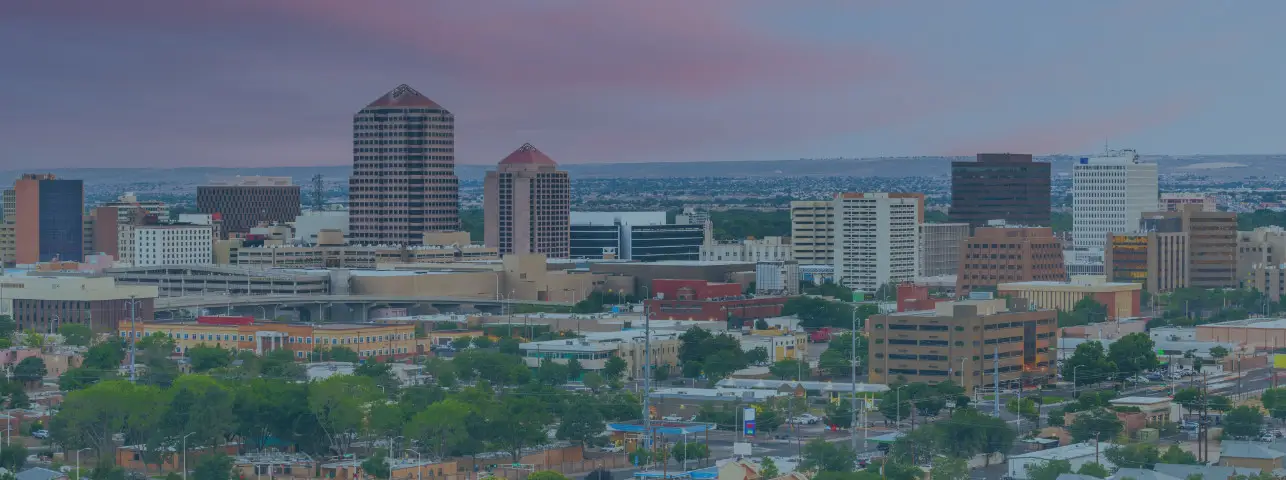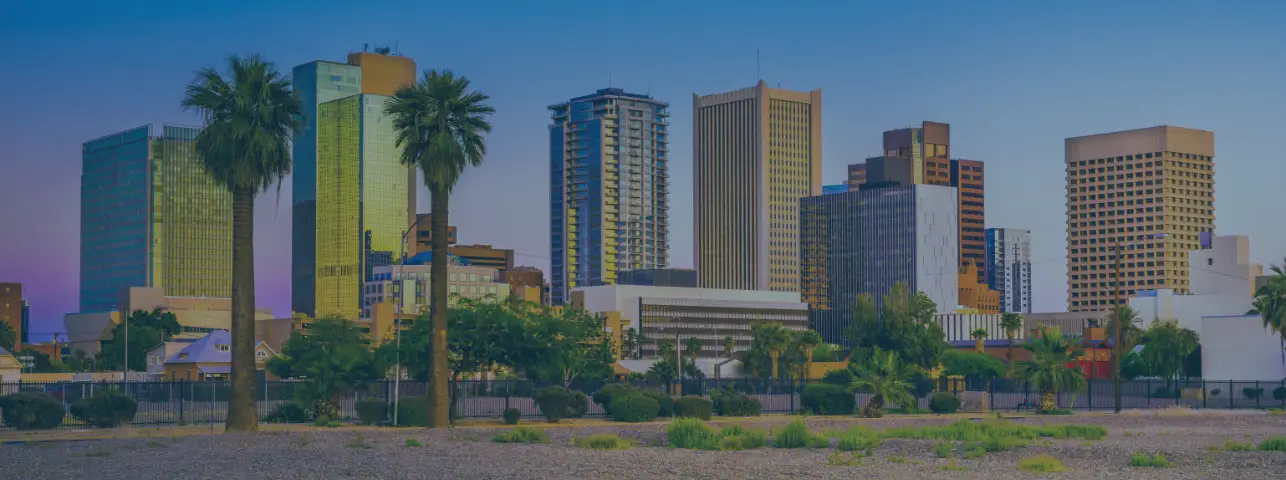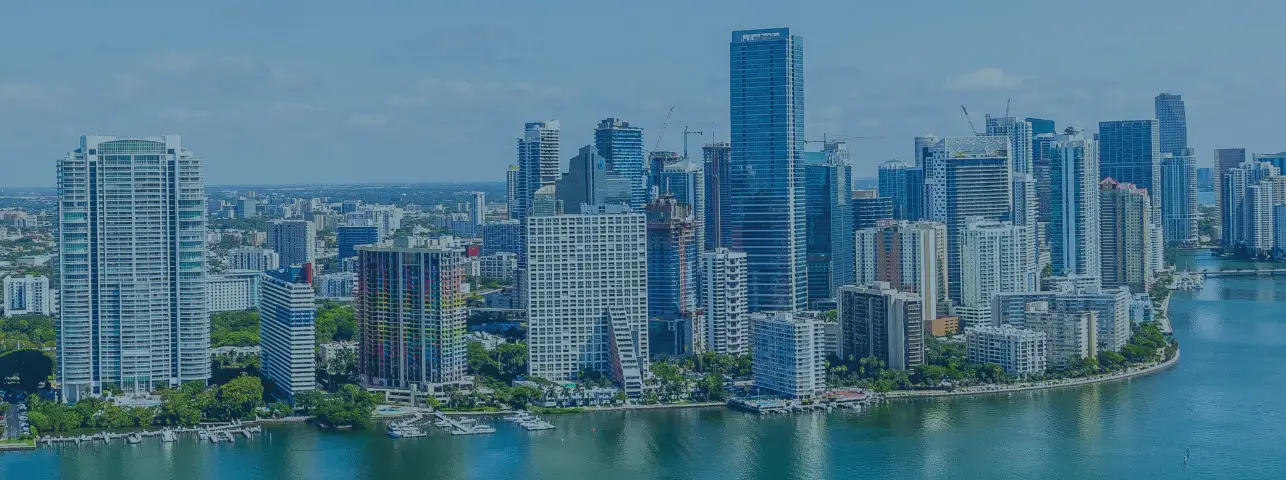CALL (800) 863 5312 TO SPEAK TO A TRIP AND FALL LAWYER TODAY
Firstly, what is a slip and fall or a trip and fall accident? A slip and fall accident is when someone is injured when they slip on something on the floor, like a wet floor after mopping or a liquid spill. A trip and fall is when someone trips over an object left on the ground or on the ground itself. Common causes of trips and falls can be hoses placed in walkways, pallets left on the sales floor, garbage left in store aisles, or uneven or broken walkways and sidewalks. But what is a store’s responsibility for trip and fall accidents?
If you or a loved one has been injured in a trip and fall accident, call (800) 863-5312 to speak to an experienced trip and fall accident attorney today. Zinda Law Group offers free consultations and you will never owe us anything unless we win your case.
Store Responsibility for Trip and Fall Accidents
A business owner or operator has a duty to internal and external guests to ensure that the conditions of their business and property are safe for all who may enter. Internal guests are employees, while external guests are often customers, but may include vendors or any others invited onto the property.
Not all injuries that take place at a business will raise valid slip and fall or trip and fall claims. Simply suffering an injury while on someone’s property does not in itself raise a claim of negligence.
- First, you must be able to prove that the property owner was negligent in maintaining their property.
- Second, you must prove that the owner knew, or reasonably should have known, about the dangerous conditions.
- Finally, you must be able to prove that the owner had an opportunity to remedy or make safe the condition.
For example, imagine you are walking through your favorite grocery store and the shopper ahead of you spills their drink. Within seconds you step on the spill and fall, injuring yourself. In this example, the owner is very unlikely to have had the opportunity to learn of the spill, clean it up or warn others of its presence. However, now imagine an AC unit is leaking from the ceiling and has been for days or weeks. The owner has someone clean the spill daily but does not fix the AC, nor do they place signage out to warn customers. In this case, the owner knew and did nothing or not enough to keep customers safe.
Learn More: Falling Merchandise Injuries
Injured on Private, Public, Commercial or Government Property?
While the owner of a premise may not have complete control over guests, invitees, or trespassers, most regions do indicate some store responsibility for trip and fall accidents. A landlord is still responsible for the building even if a manager is on duty to oversee the apartments. A business owner is still liable if a landscaper or other hired worker does maintenance or makes repairs to the building.
An owner can be liable if a property is unsafe due to:
- Walkways or surfaces in disrepair
- Hanging tree limbs or phone lines
- Negligent maintenance of stairways or handrails
- Wet and slippery floors
What Are My Rights After a Slip and Fall Accident?
If you have been injured after a slip and fall that occurred on someone else’s property, then you may be able seek to compensation from the responsible party. There are many factors that go into a potential lawsuit, such as who the owner of the property is, how obvious the danger was, and how serious the injuries are. In order to determine your best course of action, it is important to contact an experienced slip and fall attorney who may more thoroughly analyze your specific situation and determine how to move forward.
Common Slip and Fall Accidents
While there is no such thing as a “routine” slip and fall, there are a few common ways in which they happen. Some of the more common slip and fall incidents may occur at:
Convenience or grocery stores
Convenience stores are often crowded with food and beverages, and spills are common. For example, the coffee machine at a 7-11 may run over and lead to excess liquid on the floor, and if it is not cleaned up quickly, slippery conditions can certainly lead to injuries.
Residences
Homes or other types of residences often have different types of flooring that can become dangerous if not maintained properly. For example, a plank of a hardwood floor or a torn-up piece of carpet can present themselves as tripping hazards that may lead to a lawsuit.
Workplaces
Depending on where you work and what you do, the risk of a slip and fall may be a constant threat, or it may be simply an afterthought. However, there is no such thing as a workplace that is completely safe. According to data collected by the Bureau of Labor Statistics, in 2014, over 250,000 individuals missed at least a day of work due to a slip and fall, and 798 workers actually died from such falls.
Learn More: Workplace Injuries
What to do after a slip and fall accident in a store or business
If you have experienced an accident in a public place or other person’s property, it is important that you complete a few key steps in order to preserve any possible chance at compensation that you may have.
1. Report the incident to management
After an accident, it is important that you report what happened and why it happened to the person in charge. This will look different depending on where the incident occurred. For example, if the slip and fall injury occurred because of a spill in a grocery store aisle, find the manager on duty at the time and report the incident to them.
2. Document the accident
It is difficult to determine at the outset of a case what facts may end up becoming important. Thus, it is important to thoroughly document the facts surrounding a slip and fall as soon as possible. Take pictures of the location where the accident occurred, taking special notice of the dangerous conditions. In addition, write down what you remember about what happened immediately before and after the incident. Make sure your photos capture not just the specific area where the fall occurred, but area around it as well. For example, if you fall in front of the coffee machines in a convenience store, be sure to take photos far back enough to show there were no wet floor signs “just out of frame.” If there are witnesses, gather their contact information.
3. Seek medical attention
Keeping yourself healthy and preventing any further injuries after a slip and fall is very important. Thus, it is critical that you seek medical attention as quickly as possible. Determine if emergency attention is required at the scene, keeping in mind that the adrenaline associated with a slip and fall can sometimes mask the pain of injuries, making them seem less serious than they actually are. Waiting too long to document your injury and the cause of your injuries allows the responsible entity the opportunity to argue you were injured somewhere else after you fell.
4. Contact an experienced personal injury attorney quickly
The legal process is long and complicated, and there are many mistakes that you could make if you are inexperienced in the area of slip and fall injuries. Thus, it is critical to contact an experienced attorney as soon as possible. An attorney may guide you through the legal process and help you seek maximum compensation. Contacting an attorney quickly gives your attorney the opportunity to preserve the evidence before it is lost forever.
Learn More: Why Hiring a Lawyer Will Help Your Case
Common Injuries
Accidents in public places or on other people’s property vary in type and severity, which means that the injuries that result also vary in type and severity. A few of the more commonly suffered injuries include:
Joint damage – knees, wrists, and shoulders
The nature of a trip or slip and fall accident lends itself to knee and shoulder injuries. We often reach out with one or both arms to break our falls. This can lead to damaged wrists and shoulders. Also, knee injuries are common from hyper flexing the knee joint during a fall. These injuries can be especially dangerous as they are often masked by adrenaline and may not present with intense pain right away. Instead, they linger and only after failing to resolve over time and through conservative treatment are they often determined to require surgical repair.
Head injuries
Head injuries can be very serious, and even a minor head injury should be treated as a medical emergency. Minor concussions will usually clear up on their own, but more serious injuries can impair your ability to function in the future. Use extreme caution when dealing with a head injury following a fall.
Spinal cord injuries
These types of injuries usually occur when the spine is compressed as a result of landing on your back or rear. Spinal cord injuries can be very costly to treat and can require extensive medical attention to fully address.
Broken bones
Broken bones can range from minor fractures to severe breaks that require extensive medical attention. In addition, the tissues around the bones can be damaged, requiring extensive treatment to restore full function.
Making A Claim
The legal process for making an injury claim is complicated, but every claim can generally be broken down into a few steps:
1. Contact an attorney
Finding an experienced attorney at the outset is critical. An attorney may analyze your specific situation and, if the facts merit a claim, may help you seek maximum compensation for your injuries. An attorney may also assist you with the two most important aspects following a serious injury at the hands of another; seeking the fullest recovery from your injuries and fighting for your rights against the responsible party.
2. Research and investigate
Once you have hired an attorney, the process of gathering the necessary information to prove your case begins. This includes inspecting the site where your injury occurred, interviewing witnesses, reading medical reports, and securing, preserving, and reviewing any camera footage or other evidence. Importantly, your attorney may also investigate who may be held accountable for your accident and resulting injuries. An experienced attorney may find all possible sources of recovery and leave no stone unturned.
3. Negotiate
Once you and your attorney have a solid understanding of both your injuries, recovery and the facts of your liability case, your attorney may begin to negotiate for the best possible settlement from the opposing party or parties. Learn More: How We Handle Slip or Trip and Fall Settlements
Compensation
If you have been injured in an accident, one of your most pressing questions is probably, “How much is my case worth?” There is a lot that goes into to the final amount of compensation, but damages can generally be broken down into two categories:
1. Economic damages
Damages in this category include things like medical bills, lost wages, and incidental expenses such as gas for transportation to doctor’s appointments. Damages in this category may typically be proven to a reasonable degree of certainty. An attorney may do more than gather bills and records. Often the largest damages will not be suffered until well in to the future. An attorney may lay out the future damages for the jury as well as discover all past or present damages.
2. Non-economic damages
Non-economic damages usually refer to the pain and suffering that result from an injury. While the economic value of pain and suffering may be difficult to pinpoint with any degree of certainty, they may still be compensable in a personal injury case.
Learn More: How to Calculate the Value of Case
Legal Time Limits
For any personal injury case, there exists a legal time limit within which the case must be brought forth, also known as the statute of limitations. If a case is not brought within this time limit, then it typically will be dismissed unless there is very good reason for the delay.
In Texas, the statute of limitations for premises liability cases is 2 years, meaning that a lawsuit must be filed within 2 years of the incident to comply with the statute. In addition, there may be exceptions if the injured party is a minor, or the incident resulted in a death. It is advisable to contact an attorney as quickly as possible to make sure that your case is not dismissed because of a statute of limitations violation.
Trust the Premises Liability Lawyers at Zinda Law Group
At Zinda Law Group, our experienced premises liability attorneys have the knowledge and resources necessary to help you build the strongest case possible and to seek the compensation you may be entitled to.
Our firm believes that an injured victim should never have to worry about their ability to afford excellent legal representation. That is why we offer 100% free consultations, and why you pay nothing unless we achieve a favorable settlement, judgment, or verdict for your personal injury claim. That’s our No Fee Guarantee.
If you or a loved one has sustained injuries due to a slip or trip and fall, call Zinda Law Group at (800) 863-5312 for a 100% free case evaluation with our personal injury attorneys.
Meetings with attorneys by appointment only.

John (Jack) Zinda
Founder / CEO
Over 100 years of combined experience representing injured victims across the country.
Available 24 / 7|Free Consultation
Neil Solomon
Partner
Real results matter. We do not get paid unless we win your case.
Available 24 / 7|Free Consultation








